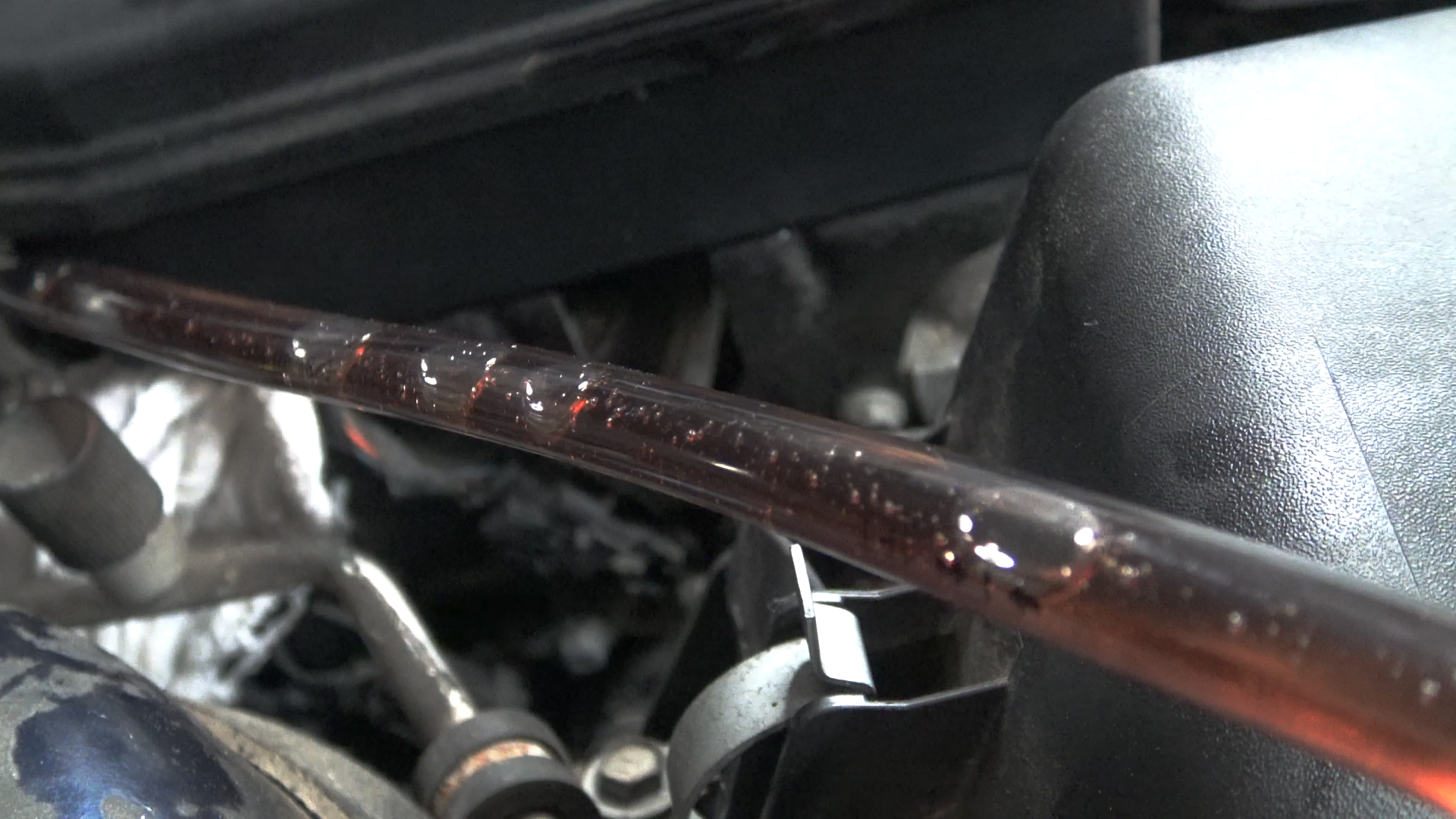The importance of power steering maintenance.
When thinking about lubricants and maintenance in a typical light-duty vehicle, power steering fluid can often be overlooked. Because replacing power steering fluid is not generally part of the recommended regular maintenance, most often, it is up to the vehicle owner to make or request a power steering fluid change. Like many hydraulic systems in a vehicle, many motorists don’t think about it until something goes wrong or doesn’t “feel” right. This is commonly the case for power steering systems as often, the problems are slow to develop and aren’t always obvious until it is too late.
Power steering systems are usually comprised of four to five components, but there could be more if the system contains Hydro-Boost or a power steering cooler. These components typically include a power steering pump, rack & pinion or recirculating ball gear box (depending on the vehicle), pressure lines, and fluid return lines. How the system works is that the fluid is constantly pumped through the pressure lines to the rack or gear to assist during a turn. The fluid then travels back through the lower pressure return lines and returns to the pump’s reservoir for continued circulation. For this system to function correctly and efficiently, the fluid needs to continue to flow properly.
Damage from debris
Over time, as the fluid flows through the system, small debris and particulates begin to develop. These are particles that are typically created from inside the system as opposed to foreign objects entering from outside. These particles often begin as small metal shavings from wear and tear on the insides of the pump, rack, or gear. As these small metal shavings are pumped through the pressure hose, they can make small knicks in the inner rubber lining of the hose. These small rubber shavings then begin to circulate with the metal shavings and begin a vicious cycle of debris creation and deposit within the system. This process happens slowly enough that no physical symptoms will likely present themselves until a major failure occurs.
A major power steering failure will occur when at some point the fluid stops flowing freely through the system. This could be because the particulates that have been slowly building through the system have accumulated to a point where they are now restricting flow. Another potential reason is that the inner lining of the hose has become so deteriorated that small leaks are beginning to allow fluid to seep out of the system. At this point, though, it will be more difficult to diagnose the exact issue, and therefore power steering repairs could take more than one attempt to fix.
Power steering failures of any kind could be prevented by servicing the power steering fluid in the vehicle at regular intervals—ideally every 80,500 km (approximately 50,000 miles). Power steering fluid is typically a red or amber color in a well-functioning power steering system. If the fluid has begun to turn a dark brownish colour—or worse, black—there could be a potential failure right around the next corner, pun intended.
This discolouration is indicative of the presence of debris in the power steering system. The darker the colour, the more debris is present in the system.

Regular flushing
Preventing this discolouration is as easy as flushing the power steering fluid regularly and replacing with fresh, clean fluid. This will help to remove the build-up of debris lurking in the pump or rack and help to prevent further damage to the interior of the hose. Additional preventative maintenance should include the installation of a high-quality hydraulic filter on the return line. This will prevent any existing particles in the system from getting to the pump and therefore prevent them from further damaging the system. As a bonus, a filter can help to maintain an already well functioning system by capturing initial debris before it even has a chance to create more.
So just like routine maintenance such as regularly changing the engine oil, simple preventative measure can be taken to keep a power steering system functioning smoothly. Savvy independent service centres and technicians, should educate and inform their customers about the benefits of proactive maintenance and servicing related to power steering systems. A good strategy is to ensure the fluid is first examined, in order to determine the correct level and colour consistency, as well as changing or adding a filter to reduce the risk of particulate build up and potential damage to the power steering system.
Jon VanFleet is an ASE Certified Technician and serves as Technical Services Leader at Plews & Edelmann in Dixon, Illinois.



